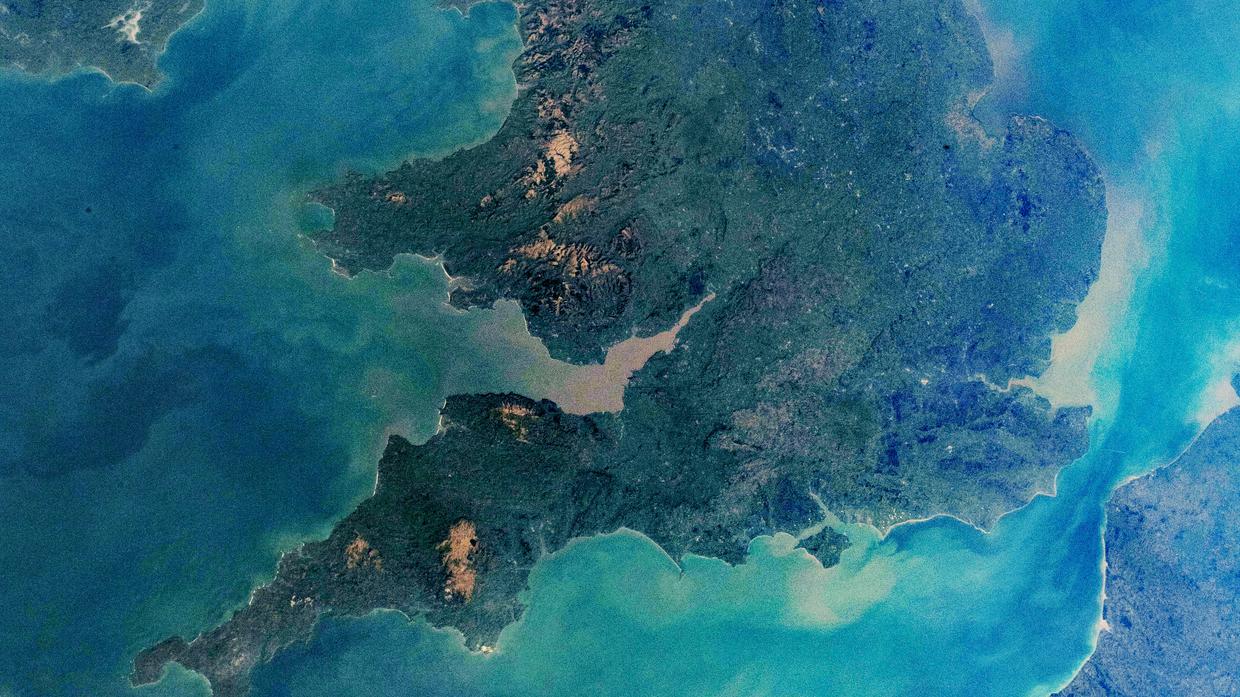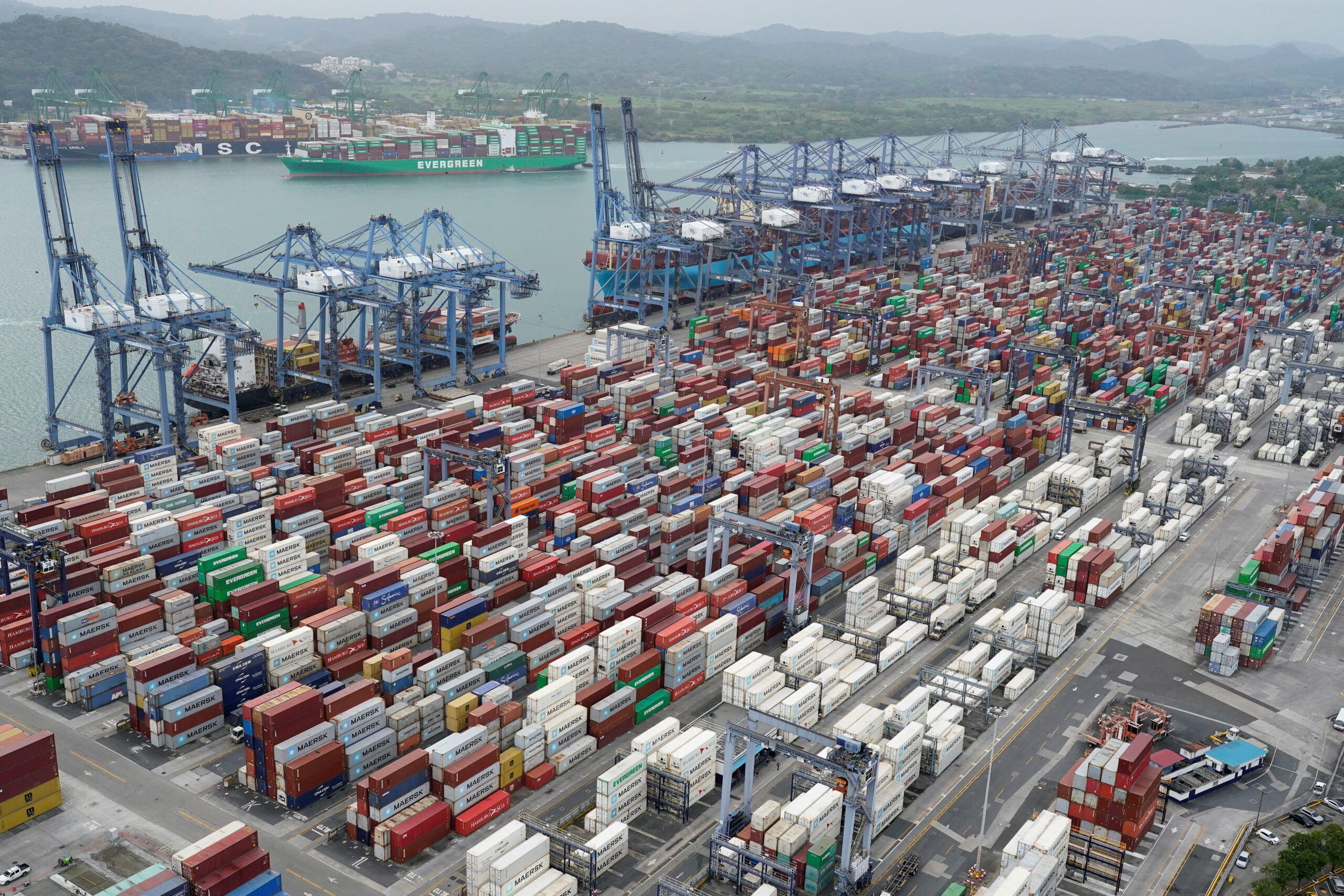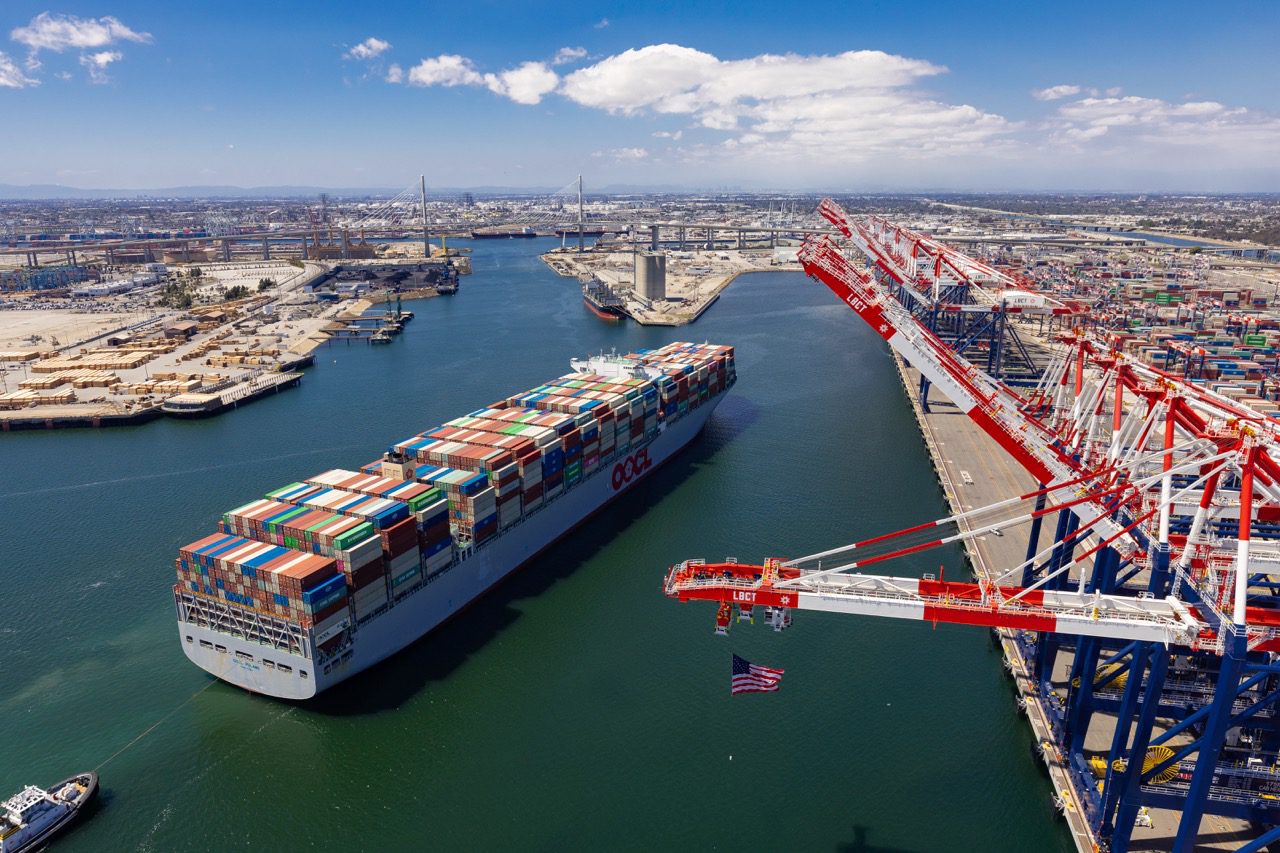by Komali Kantamaneni (TheConversation) Erosion is constantly reshaping coastlines as land is swept into the sea, sometimes along with buildings and infrastructure. The UK has some of the fastest eroding coastlines in Europe. Of the mainland’s 17,000km of coastline, around 2,900km (17%) is affected by erosion.
Defending this entire coastline would be prohibitively expensive and destroy many of the things we love about the coast – few want to see boulders dumped on their local beach or large stretches of the concrete wall. So instead of asking how UK coastlines can be “saved” from erosion, we need to instead consider how they can be managed in a sustainable, holistic way that protects people who live along the coast and allows them to adapt to change.
Many sewage treatment works, landfill sites, and railway lines are already prone to significant flooding, while seawater can flow over defenses during storms, contaminating agricultural land and groundwater supplies. Infrastructure such as these will become more at risk as rising seas cause increased erosion and flooding.
Despite coastline management plans and adaptation measures, such as raising flood defenses or managed retreat, the risks are not removed entirely and erosion has continued to exacerbate hazards like storm surges and landslides. Minimizing damage and improving the safety of coastal communities are vitally important.
Defences v erosion
Erosion and deposition of sediment are continuously changing the shape of the UK, with the east coast losing several hundred kilometers of land over the past half-century. The ever-changing coastline requires maps to be regularly updated using the latest GPS measurements and satellite images. These observations represent a historical snapshot in time, and trying to predict what the coastline will look like in 50 years is difficult as climate change and rising seas are accelerating erosion rates.
Erosion is a major issue, particularly in smaller towns and villages along the UK’s southern and eastern coasts. Barton-on-Sea, a small coastal town in Hampshire, is one such example where residents are worried about their safety due to landslides and high erosion rates. Several meters of frontage have crumbled into the sea and the entire seafront is now classified as highly vulnerable to erosion.
Extensive stretches of rock armour (large boulders that absorb the force of waves) and groynes (structures built from the shore into the sea, designed to trap sediment) were established to provide protection. However, these protections concentrate wave energy in adjacent sites and starve them of sediment leading to accelerated erosion further down the coast. These defences are also unlikely to be effective against stronger storms and higher seas in the future.
Erosion management strategies like this are often divisive, as sediment removed from one section of coastline frequently supplies sand for beaches in another. Beaches provide income from tourism and protection from erosion and flooding. Barton-on-Sea is not the only case where halting erosion in one area has accelerated it in another, and poorly planned coastal defences can have far-reaching detrimental impacts.
Coastal vulnerability and hotspots
One of us (Komali Kantamaneni) developed a method to compare coastal vulnerability in different areas and identified 11 hotspots where the UK coast was most vulnerable to erosion, and where such erosion would be most economically damaging. These hotspots included towns like Skegness and Great Yarmouth in England and Port Talbot and Aberystwyth in Wales. Together, these areas contain £22 billion worth of homes, offices, public buildings, infrastructure and other assets. Flooding, erosion, and storm surges in these towns would threaten more than 100,000 people and 50,000 properties.
As coastal areas are increasingly settled, erosion is becoming a bigger risk to society. Towns like Aberystwyth are particularly vulnerable to strong waves, often several meters high. New developments and redevelopments in the town are exposing more people to the effects of erosion, leading to greater economic losses from flooding and storm damage.
Sites such as Hornsea, Camber Sands, Sunderland, Bognor, and Withernsea have already lost several hundred meters of coastline, and much of their coastline will crumble into the sea in the next 20 years.
There is, of course, still significant uncertainty about how vulnerable different stretches of the coastline are to erosion. Differing geologies, coastal defenses, wave properties, and weather make every site respond differently to the effects of climate and land-use change.
Regions vulnerable to erosion need to take steps to reduce the impact of associated hazards like flooding or landslides. Interventions need to be sympathetic to the needs of locals, those downcoast, and the environment. If we fail to do this, we will encounter ever-increasing societal costs and environmental destruction.
by Komali Kantamaneni, Andrew Barkwith, and Luiza C Campos.
Disclosures: Komali Kantamaneni receives funding from British Council and Newton Fund. Andrew Barkwith receives grant funding from UK Research and Innovation, the Natural Environment Research Council and the British Council. Luiza C Campos receives funding from the UK Space Agency, Innovate UK, UCL Grand Challenges, and UCL Health of the Public.

 Join The Club
Join The Club











